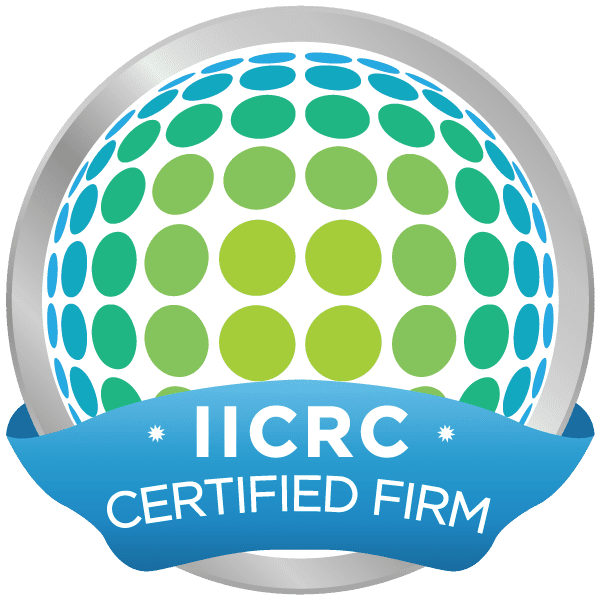Things To Know About Black Mold
Mold can be found everywhere. As mold grows, it feeds on materials like wood, fabrics, ceiling tiles, upholstery, and carpet, causing them to rot and fall apart. Left unchecked for a long duration of time, mold can even cause enough damage to collapse ceilings and cave in floorboards. Mold spores are very small and lightweight and can move through the air, and if a damp surface is present the spores will break down and start to grow wherever they land. Not only does black mold have a rapid growth rate, in most cases it is also very harmful to those living around it and can cause major health side effects.
What are the causes of indoor mold growth?
Mold needs three basic conditions to start to germinate: water, stagnant air, and organic material. Mold can start to germinate as soon as 24 to 72 hours. Make sure to keep an eye throughout your building for any leaks in pipes or roofs, along with poor ventilation on ceilings and walls, and flooding that wasn’t properly taken care of. All these issues can potentially lead to mold.
If you have noticed a mold problem on your property, or believe that there is mold somewhere, contact Express Restoration Services as soon as possible and request an inspection. We can help you resolve your mold issues and get your property the mold remediation services you need.
Learn more about Mold Remediation






